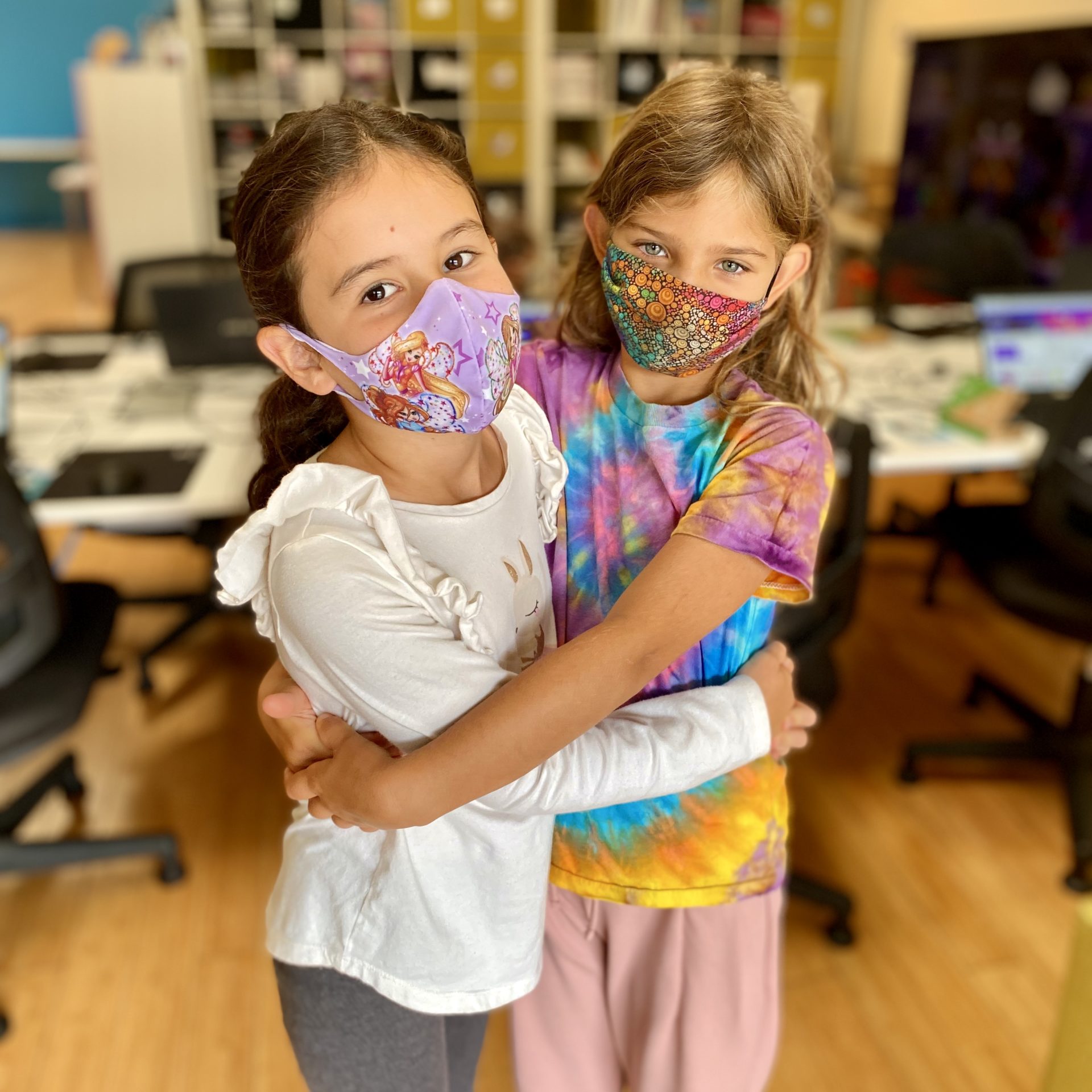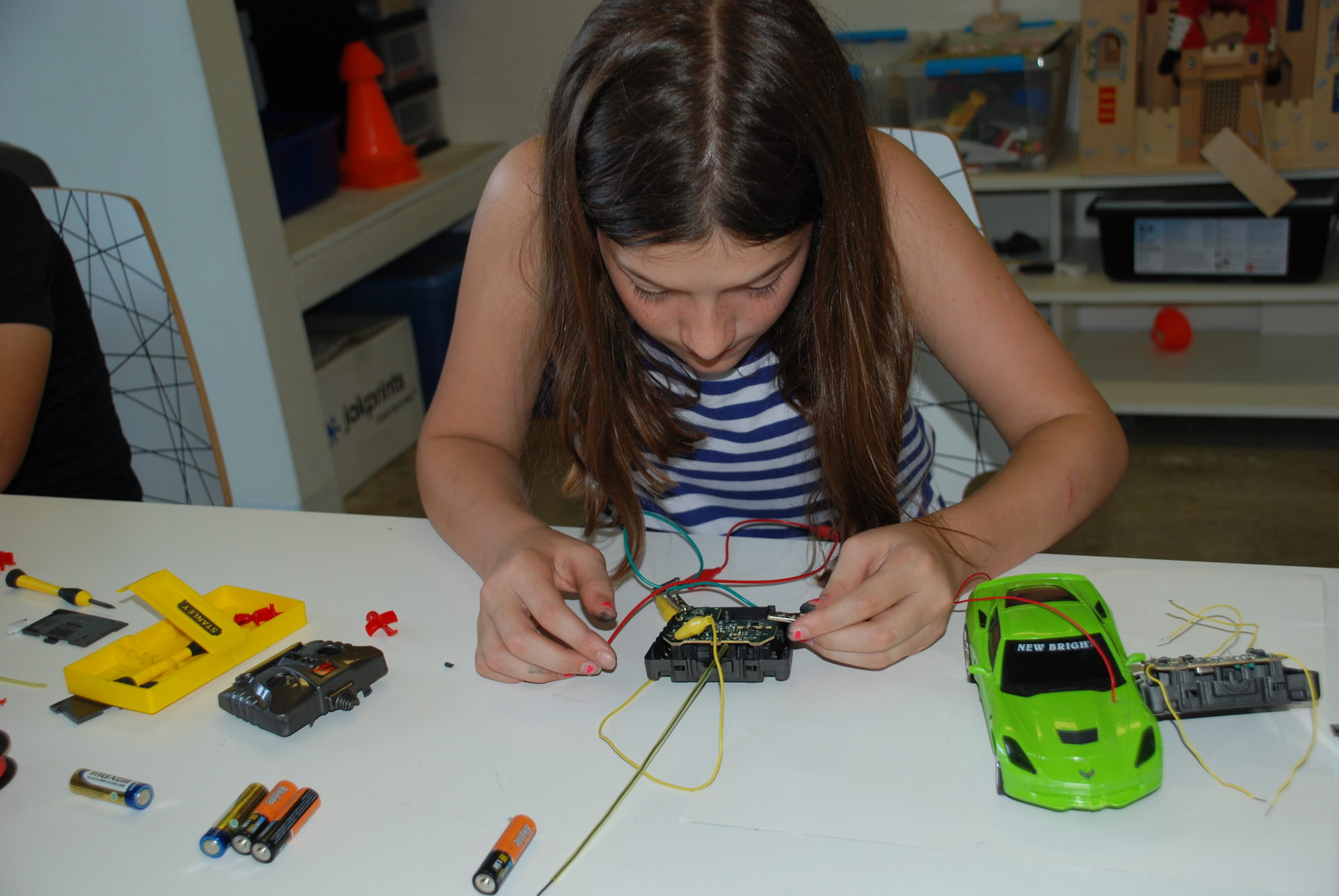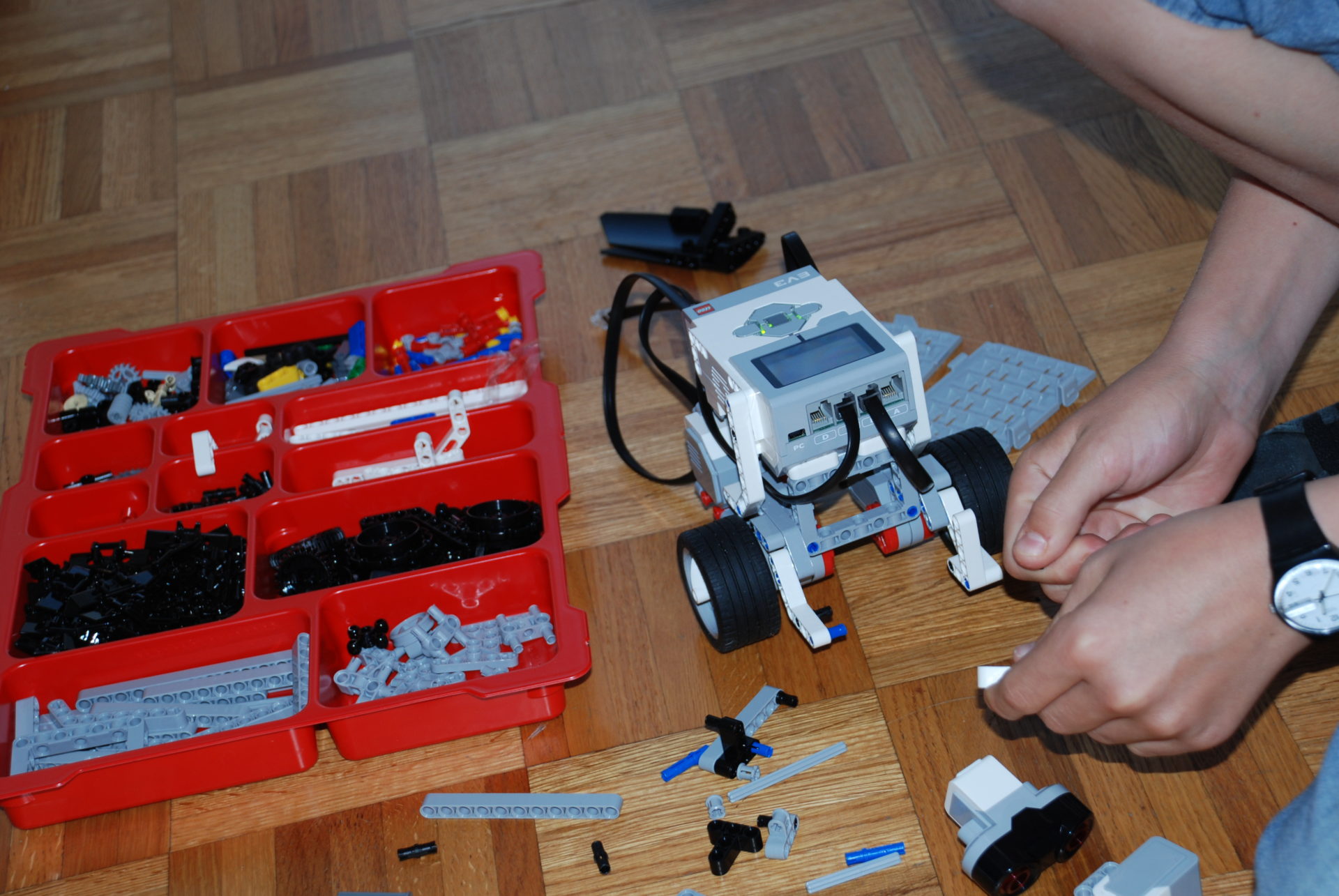What can YOU do to help your children if they are nervous about going back to school. Tips for parents to help with the transition, during a pandemic.
How can we help students with their Back to School Anxiety, during Covid. Mindfulness tips for kids this school year.
With many of us back in session at school, the challenges continue to mount. This month we will examine the realities of change and the potential anxiety that is associated with it. It is important to determine that anxiety is not merely nervousness or butterflies in a given period of time, but rather a disorder that can cascade into disabling panic attacks. With so much change afoot, it is vital to have conversations with our young learners and ourselves. It is critical to be open and authentic with our conversations – just like in our learning – go figure. One way to achieve this is by sharing how we are dealing with change in our lives. From there, we can know and name where we are on the spectrum.
If we fall on the more nervous end, things will be uneasy but fade into an acceptable pattern and routine over hours or days. If our learners or we, ourselves, lean towards the anxiety end, what can be done? In part due to the pandemic, this area of study has gained a lot of interest and there are expert recommendations in managing anxiety. While there is no cure-all and professional therapy is always the best option, there are some skills and techniques we can do as family units and individuals to help us along the way. The great thing is that these exercises don’t require much and can be done almost anywhere!
- Get comfy. This advice has rung true throughout the entire pandemic and continues to be important. Whatever is comfortable for you, it’s cool.
- Knock out distractions. This is trickier for our youngsters especially in our tech-connected world, but it is possible. Set your phone to snooze, off for a charge, or simply out of sight while you focus on a different experience.
- Focus on something. Whether it’s a sketch, doodle, puzzle, or construction set like LEGO, dial in on the process more so than the result.
- Check in on yourself. Take time to listen to your body. Are you tensed up somewhere? Take note and relax.
- Don’t wander too far from your focus. It’s only natural to have our minds drift – that’s OK. Again, we can feel when these shifts happen and guide ourselves back to focus.
- Ease back into things. There doesn’t need to be a rush to get “back at it.” In fact, we should take the time to wind down and settle back into the world around us.
TLDR; As the world continues to toss and turn for us professionally and for our learners, it is important to know if we are feeling nervousness or something more. We can do so by having honest and open conversations – sharing our own perspectives with our families and close friends who are more than likely experiencing similar feelings. While professional help is the best option for anxiety, we can follow the aforementioned exercises to re-establish mindfulness and avert ourselves from the false reality that anxiety exudes.
About the Author:
John Balash was instrumental in Digital Dragon’s launch in 2013 as its first Curriculum Director and is now back in the fold as a consultant on all the latest and greatest in tech education.This is John’s latest contribution to a monthly blog series we’ve launched, Tech News from the Frontier. John is the Director of Educational Engagement at Carnegie Mellon University’s Entertainment Technology Center. John has worked on educationally-focused initiatives with clients ranging from D.A.R.P.A. to Disney. Working from both sides of the desk, you can find John in classrooms and conferences around the world exploring new uses for technologies in learning environments.



